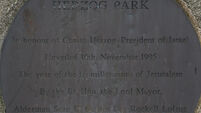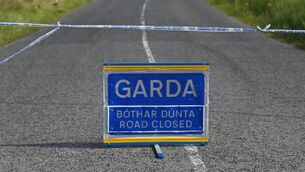Red kites take to skies two centuries later
These birds of prey, which resemble vultures in flight, are scavengers which steal from other birds and other kites for their food. They also feed on earthworms, insects and small mammals.
They became extinct in Ireland in the eighteenth century due to persecution, poisoning and woodland clearance.
Yesterday, John Gormley, Minister for the Environment, attended the release of 30 young red kites in Co Wicklow, the start of the programme to reintroduce this bird of prey.
“These wonderful birds became extinct in Ireland more than 200 years ago because of habitat change and persecution,” said Mr Gormley. “From today they can be seen again in the skies above Co Wicklow. This project to reintroduce the red kite shows what we can achieve here in terms of protecting and enhancing our natural heritage.”
Ireland’s big birds of prey were all lost over the past two centuries, due to human activities. However, since 2000, a series of restoration projects have begun to address this.
Mr Gormley said: “The kites’ return is a significant addition to our biodiversity and a wonderful complement to the golden eagle and white-tailed eagle restoration projects.”
“This work is at the core of one of the heritage elements in the Programme for Government and I am delighted to see this early progress.”
The Wicklow Red Kite Project is a partnership between the Golden Eagle Trust, the National Parks and Wildlife Service and the Welsh Kite Trust. It is funded by grants from the minister’s department and the Heritage Council. The kite chicks came from Wales. Mr Gormley paid tribute to the persistent hard work of the Golden Eagle Trust, whose vision and work has been so productive in recent years.
“This and the other eagle projects could only come to fruition through co-operation between conservationists, landowners and the department. The kite project is an excellent model for the future,” he said.














